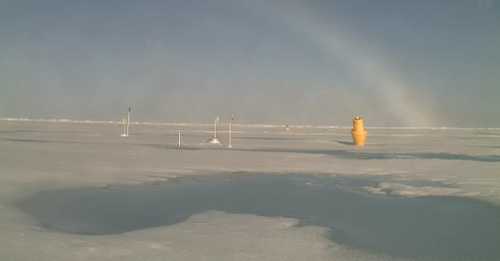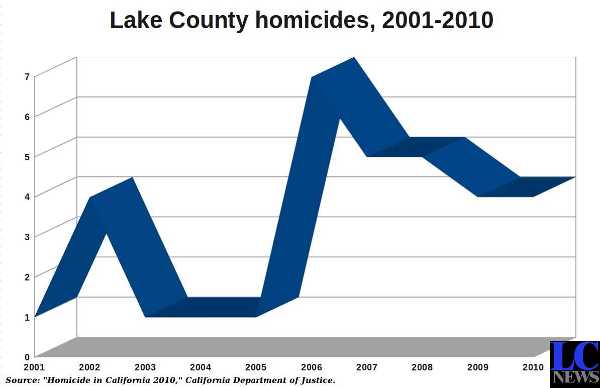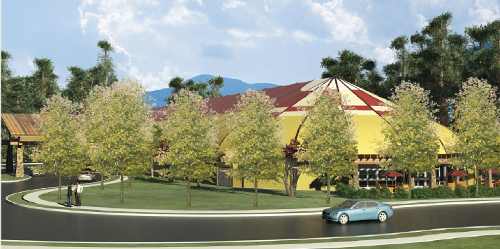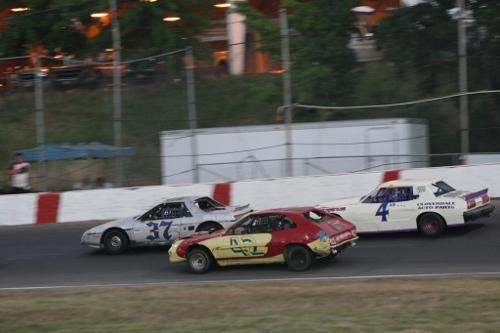- Lake County News reports
- Posted On
WORLD: Arctic settles into new phase
An international team of scientists who monitor the rapid changes in the Earth’s northern polar region say that the Arctic is entering a new state – one with warmer air and water temperatures, less summer sea ice and snow cover, and a changed ocean chemistry.
This shift also is causing changes in the region’s life, both on land and in the sea, including less habitat for polar bears and walruses, but increased access to feeding areas for whales.
Changes to the Arctic are chronicled annually in the Arctic Report Card, which was released Thursday, Dec. 1.
The report is prepared by an international team of scientists from 14 different countries.
“This report, by a team of 121 scientists from around the globe, concludes that the Arctic region continues to warm, with less sea ice and greater green vegetation,” said Monica Medina, National Oceanic and Atmospheric Administration principal deputy under secretary of commerce for oceans and atmosphere.
“With a greener and warmer Arctic, more development is likely,” said Medina. “Reports like this one help us to prepare for increasing demands on Arctic resources so that better decisions can be made about how to manage and protect these more valuable and increasingly available resources.”
Among the 2011 highlights are:
Atmosphere: In 2011, the average annual near-surface air temperatures over much of the Arctic Ocean were approximately 2.5° F (1.5° C) greater than the 1981-2010 baseline period.
Sea ice: Minimum Arctic sea ice area in September 2011 was the second lowest recorded by satellite since 1979.
Ocean: Arctic Ocean temperature and salinity may be stabilizing after a period of warming and freshening. Acidification of sea water (“ocean acidification”) as a result of carbon dioxide absorption has also been documented in the Beaufort and Chukchi seas.
Land: Arctic tundra vegetation continues to increase and is associated with higher air temperatures over most of the Arctic land mass.
In 2006, NOAA’s Climate Program Office introduced the State of the Arctic Report which established a baseline of conditions at the beginning of the 21st century.
It is updated annually as the Arctic Report Card to monitor the often-quickly changing conditions in the Arctic. Peer-review of the scientific content of the report card was facilitated by the Arctic Monitoring and Assessment Program.
The Report Card tracks the Arctic atmosphere, sea ice, biology, ocean, land and Greenland.
This year, new sections were added, including, greenhouse gases, ozone and ultraviolet radiation, ocean acidification, Arctic Ocean primary productivity and lake ice.
The Arctic Report Card can be found at www.arctic.noaa.gov/reportcard/.
Follow Lake County News on Twitter at http://twitter.com/LakeCoNews, on Tumblr at www.lakeconews.tumblr.com, on Facebook at http://www.facebook.com/pages/Lake-County-News/143156775604?ref=mf and on YouTube at http://www.youtube.com/user/LakeCoNews.



 How to resolve AdBlock issue?
How to resolve AdBlock issue? 








